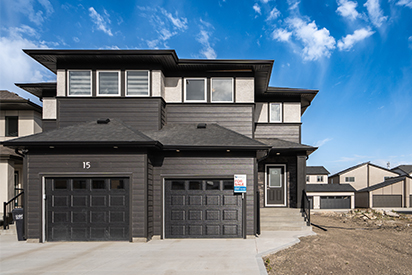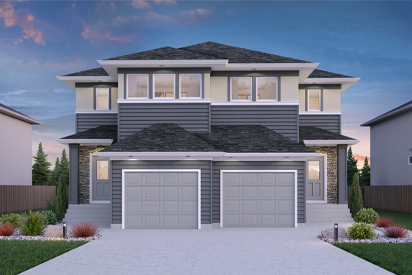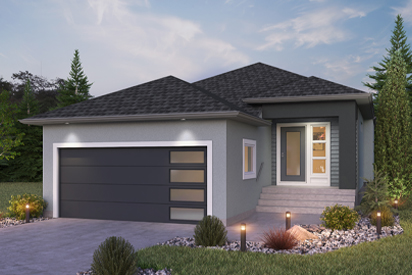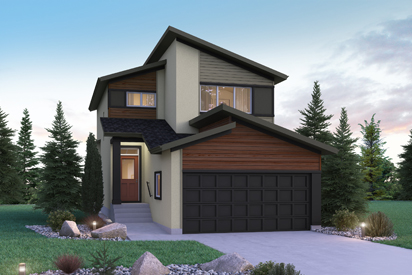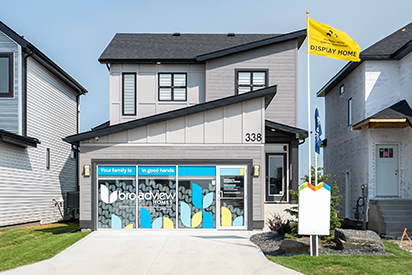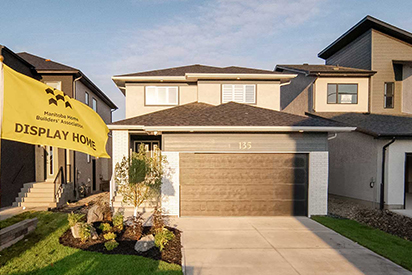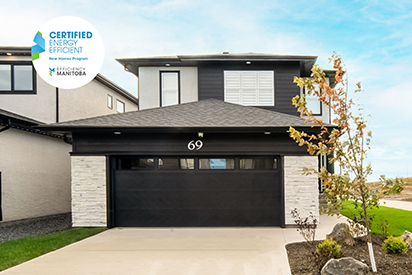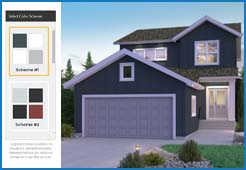Pet-Friendly Options and Choices for a New Home
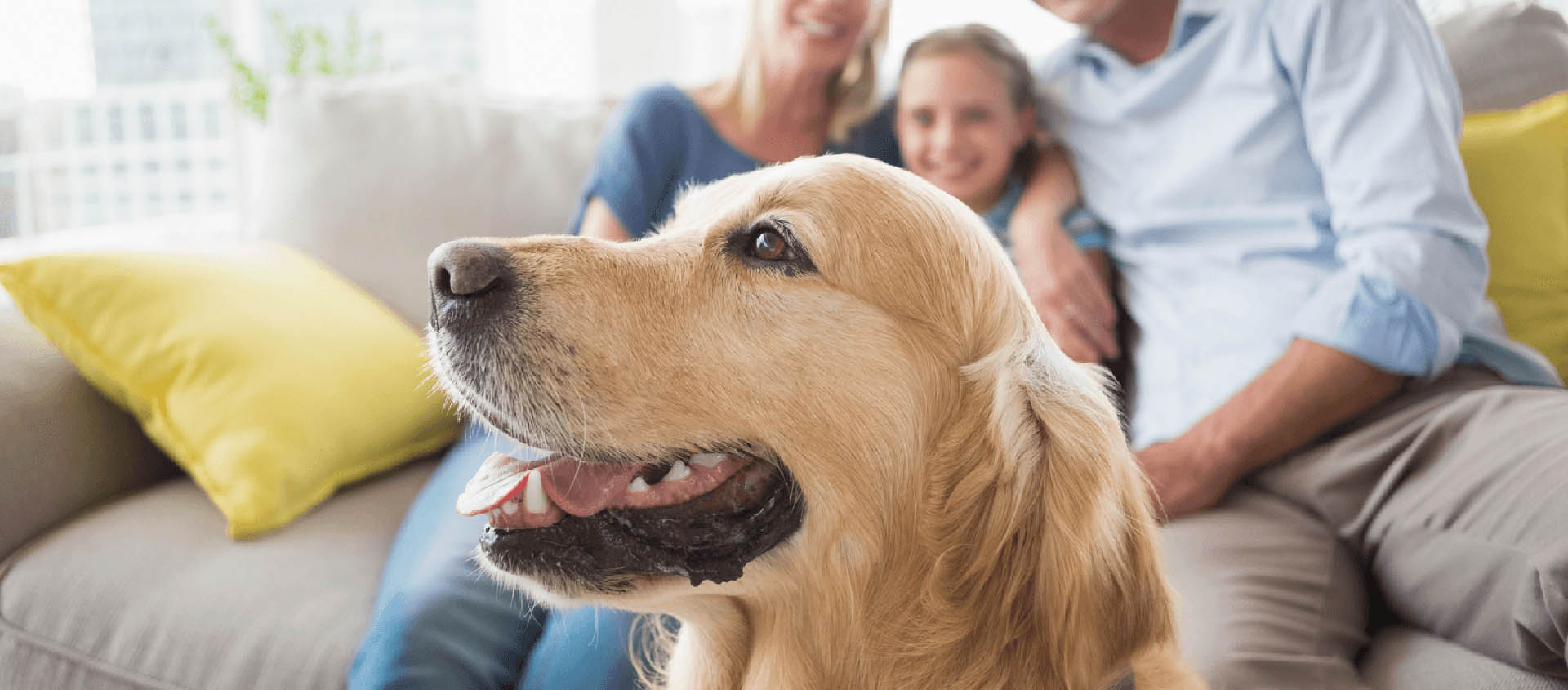
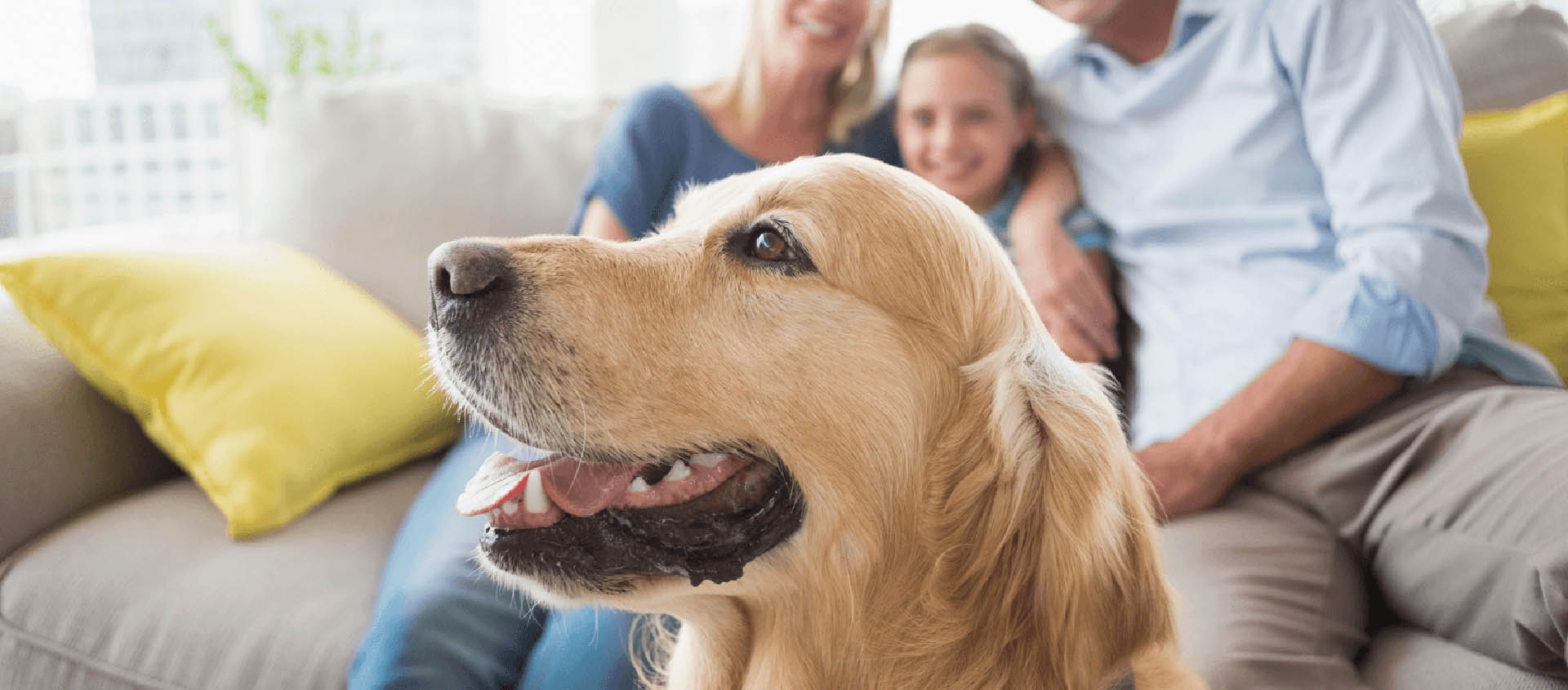 When it comes to planning for what you need (and want) in a new home, it's important to think about each and every family member's needs - even the four-legged variety. While you may already be thinking you'll need space for an oversized cat tower or a corner in the yard for a custom dog house, there are certain design elements you can include within your new home to make it a pet-friendly paradise.
When it comes to planning for what you need (and want) in a new home, it's important to think about each and every family member's needs - even the four-legged variety. While you may already be thinking you'll need space for an oversized cat tower or a corner in the yard for a custom dog house, there are certain design elements you can include within your new home to make it a pet-friendly paradise.
The Right Flooring
Pets can be hard on floors. Even a well-trained cat or dog can have accidents when they’re sick. They're also famous for knocking things over (another glass of water on the floor). For these reasons, you need flooring that will stand up to this type of wear and tear. Tile or luxury vinyl plank flooring is usually a better choice than hardwood because hardwood floors are more susceptible to damage. It's also water-resistant and easy to clean, making it a popular choice for pet owners.
When it comes to carpeting, choose pet-friendly styles. You want something that’s high-quality, stain resistant, and not likely to pick up a lot of pet hair.
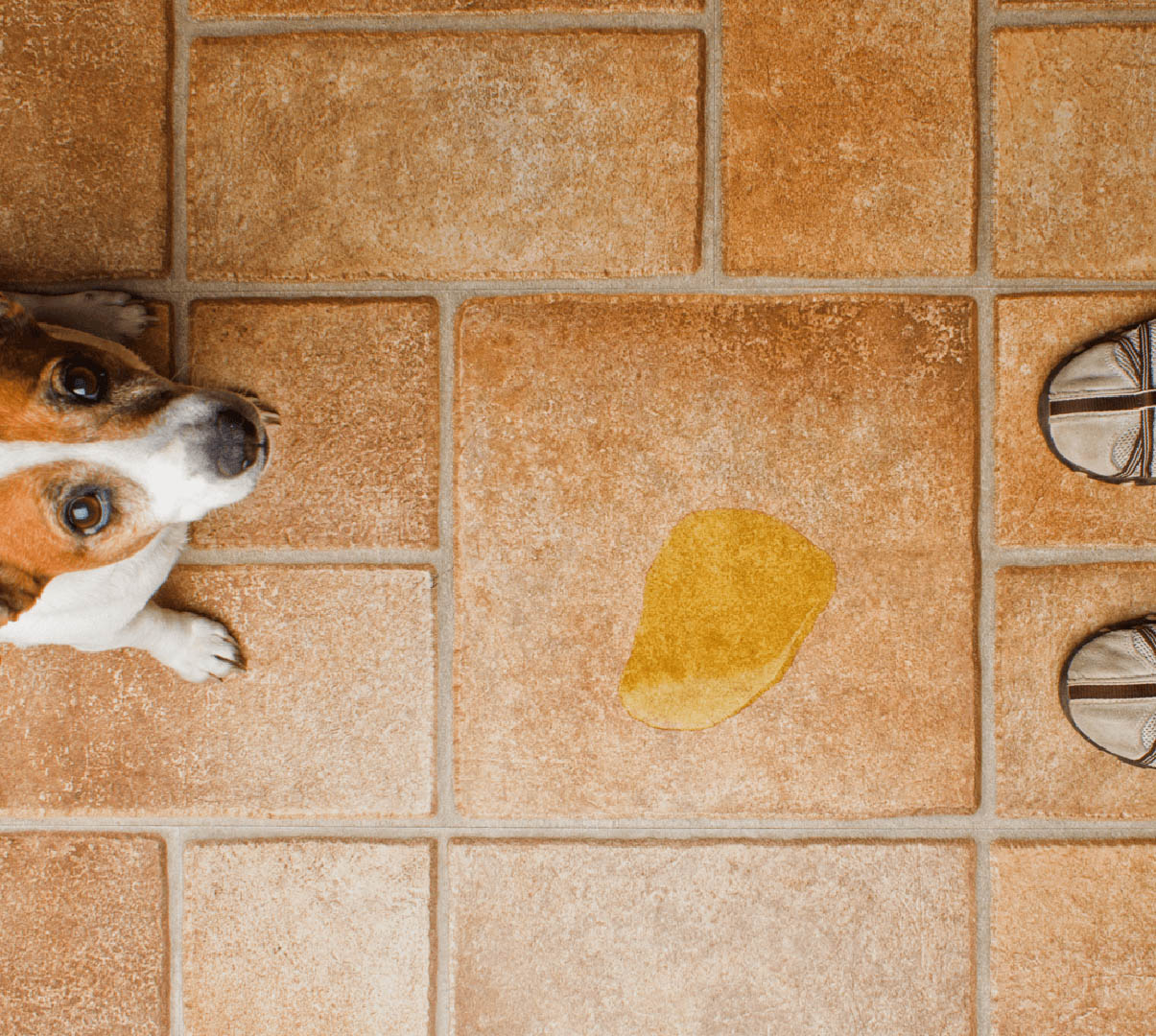 Easy Backyard Access
Easy Backyard Access
When the dog’s gotta go, he’s gotta go. Think about choosing a home that has easy access to the backyard. For instance, laned homes might have a mudroom by the back entrance. Homes with a front-attached garage tend to have backdoors that lead out to the patio.
Some people like to add a doggie door to the outside, but this can cause cold winter air to come inside. If you do this, look for insulated doggie doors to save on energy costs.
A Big Mudroom
You’ll need to take your dog out in all types of weather, and that means the occasional wet or muddy feet. That’s what your mudroom is for! With a large mudroom, everyone in the family can comfortably come in to take off their jackets, and you’ll have the space to wipe the dog’s feet off before she goes into the main part of the home. It’s helpful to have a laundry room with a wash tub right next to the mudroom for extra dirty days.
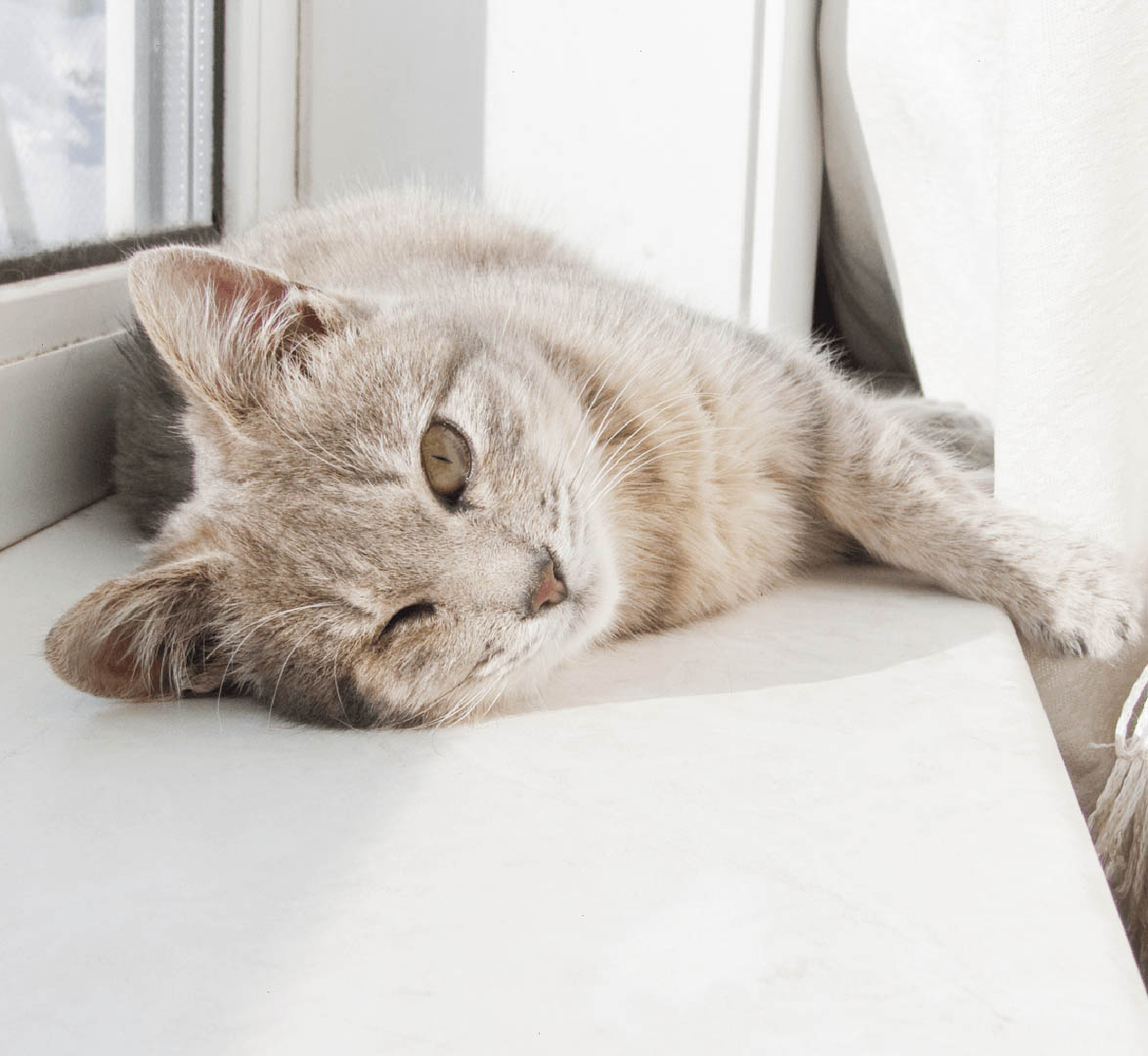 Sunny Windows
Sunny Windows
What pet doesn’t love to lounge near a sunny window? Aside from hanging out with you, this is probably one of their favourite pastimes. Look for home designs with plenty of windows that allow natural light to come inside. You can also ask the builder whether the home’s orientation will get a lot of natural sunlight. If not, you can choose a different lot that will improve the situation - for you and your pet!
Pet Play Space
People often think about including playrooms for the kids, so why not the pets? During the winter, it’s especially hard to take your dog on walks that will get him the exercise he needs. As you tour show homes, think about how you can play with your pet in that home. A rec room in the basement is a great solution for playing some indoor catch with a dog. A large, open living room might be all you need for a cat who likes to chase a laser pointer. Giving them enough room to move around is a small thing that can make a big difference.
Coordinating Colours
You don’t need anyone to tell you how obvious it is you’re covered in hair when you’re wearing a colour that clashes with your pet’s fur. The same is true for the rugs, flooring and furniture in your home. If you have a pet with black fur, avoid light-coloured furniture.
Additionally, when you’re buying pet accessories, think about how well they coordinate with your current furniture. A pet bed that matches the rest of your decor blends in and doesn’t feel out of place.
The Right Furniture
Speaking of furniture, certain types of furniture are better for pets. For instance, chairs and sofas that have exposed legs rather than coverings that touch the floor are less likely to pick up fur and dust. You should also choose furniture that has a tight weave rather than velvety fabrics. These won’t attract the fur that your pet sheds.
Hiding the Food Dishes and Litter Boxes
Food dishes and litter boxes can really distract from the beautiful look you were going for with your home. You don’t have to leave them out. Think about ways of hiding them. Rather than keeping dishes out at all times, you could have them on a bottom shelf of your kitchen island instead of on the kitchen floor.
There are side tables that easily hide your cat’s litter box, but if you want it completely out of sight, you can also ask your builder to create a specialized built-in cubby or nook specifically for that purpose.
When you build a new home, you have a unique opportunity to create a design that will work well for you and all members of your family - even the furry ones. Be sure to talk to your builder about other options and/or materials that will really create the ultimate pet-friendly space.



